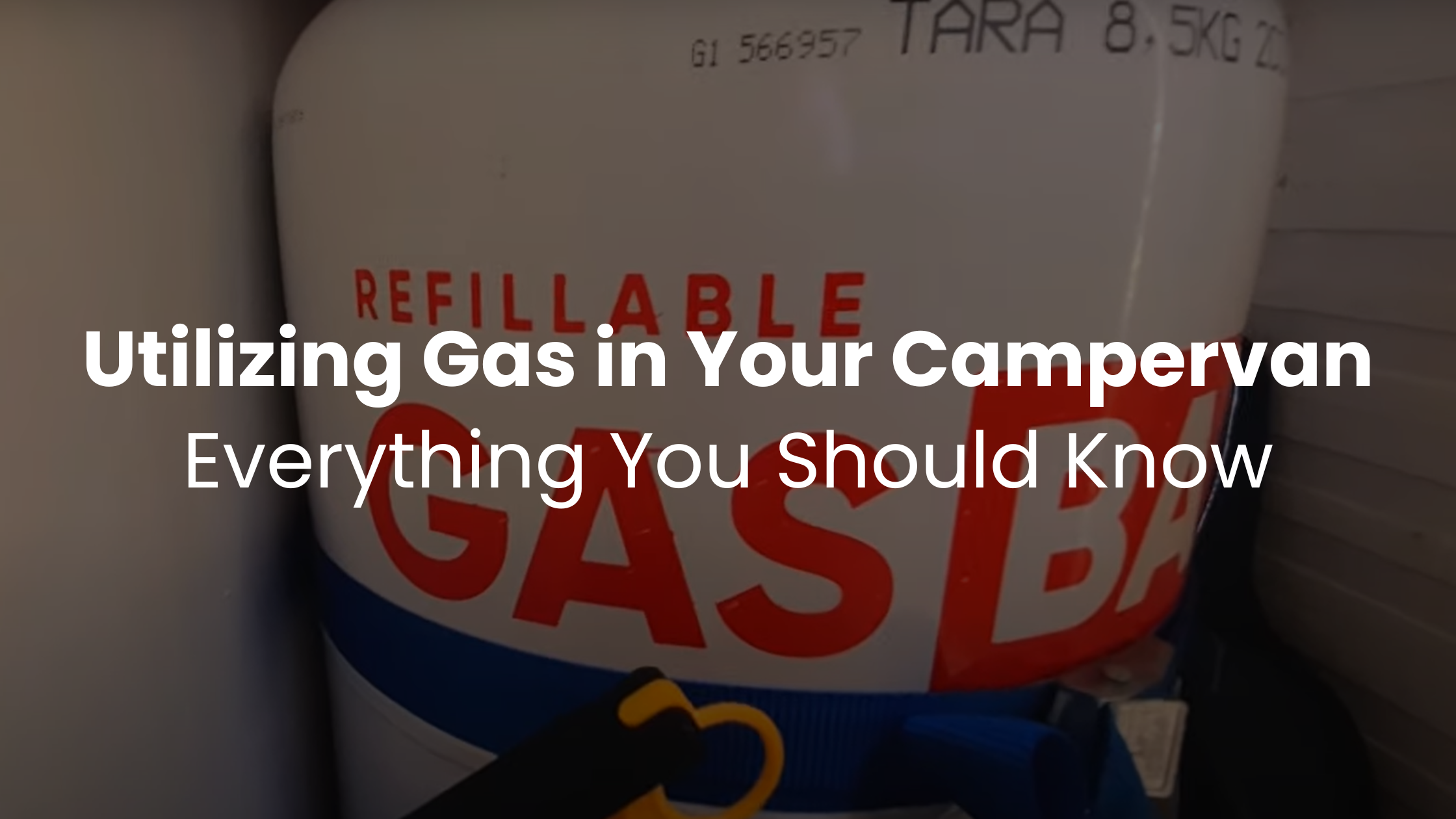Gas is a widely available, cost-effective source of heat, making it a popular choice for campervan enthusiasts. In campervans, gas is often used for interior heating, cooking, refrigeration, and water heating. Let's explore how to utilize gas effectively in your campervan.
Types of Gas: Propane and Butane
LPG (Liquefied Petroleum Gas) consists of two main gases: Propane and Butane.
- Propane: Evaporates at sub-zero temperatures and has a higher calorific value, producing a hotter flame. It's more expensive but preferred for its performance in cold weather.
- Butane: Cheaper with a lower calorific value, making it suitable for milder climates.
Many motorhomes prefer pure propane, which is readily available at gas exchange points and can be stored in various tank types.

Types of Gas Containers
Cartridges:
- Used for portable camping stoves.
- Contain about 200g of gas, sufficient for about three days of cooking.
- Ideal for outdoor cooking and saving countertop space.
Exterior Cylinders:
- Feature separate inlet and outlet valves.
- Equipped with safety features like 80% cut-off and level indicators.
- Can be refilled at LPG stations.
- Pure propane is required in winter to prevent freezing.
Replaceable Cylinders:
- Commonly found in 11 kg sizes, available at petrol stations and exchange points.
- Typically filled with pure propane.
- Cannot be refilled; must be replaced when empty.
Refillable Cylinders:
- Combine features of exterior and replaceable cylinders.
- Can be refilled with adapters for different countries.
- Equipped with an OPD valve to prevent overfilling.
Gas Pressure Regulator
The gas pressure regulator reduces the pressure in the gas cylinder to stabilize it for campervan appliances.
- Pressure Ratings: Typically 50 mbar, 37 mbar, or 30 mbar.
- Most common regulators are around 37 mbar.
- Ensure the regulator matches the pressure requirements of your campervan's devices.
Advantages of LPG
- Clean Energy: LPG emits fewer pollutants, aligning with eco-conscious living.
- Versatility: Powers a range of campervan appliances, including stoves, water heaters, and refrigerators.
Integrating LPG into your campervan build is both practical and eco-friendly, enhancing functionality while promoting sustainability.
Safety Considerations
- Cylinder Positioning: Always keep cylinders vertical to ensure proper gas flow.
- Hose and Regulator Maintenance: Regularly replace hoses and regulators to prevent ageing rubber from causing leaks.
- Gas Sensors: Invest in sensors to detect LPG, carbon monoxide, and sleeping gas for enhanced safety.
Refilling Across Europe
Different countries use various gas refilling nozzles. In Europe, there are four standards: Italian, Dutch, ACME, and Euro Connector. If you have refillable cylinders or an LPG tank, carry a set of adapters for the entire region.
Conclusion
Utilizing gas in your campervan is a practical and economical choice, offering a reliable source of heat and energy for cooking, heating, and refrigeration. By understanding the different types of gas, containers, regulators, and safety measures, you can ensure a comfortable and efficient campervan experience.
[ Read More ]


